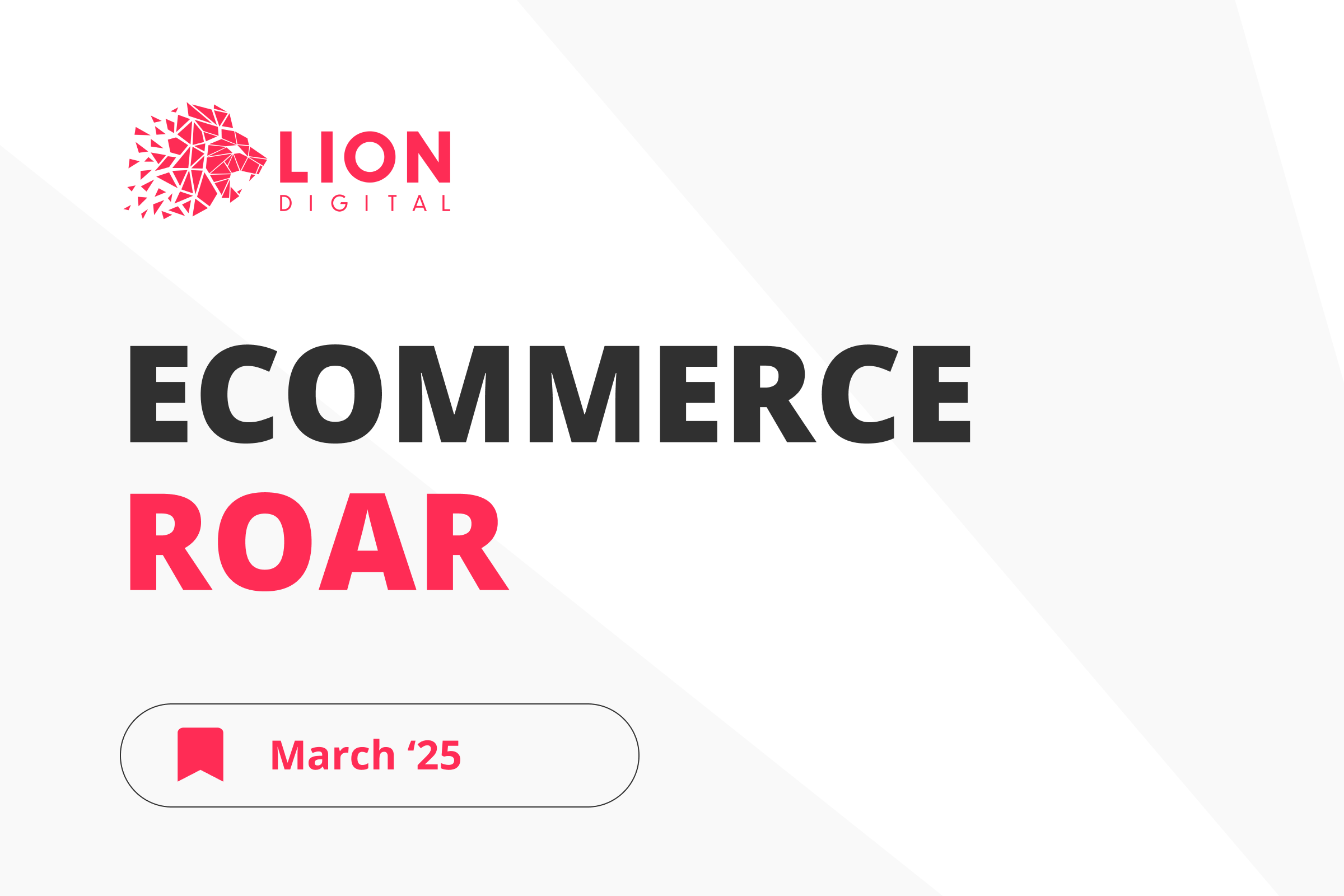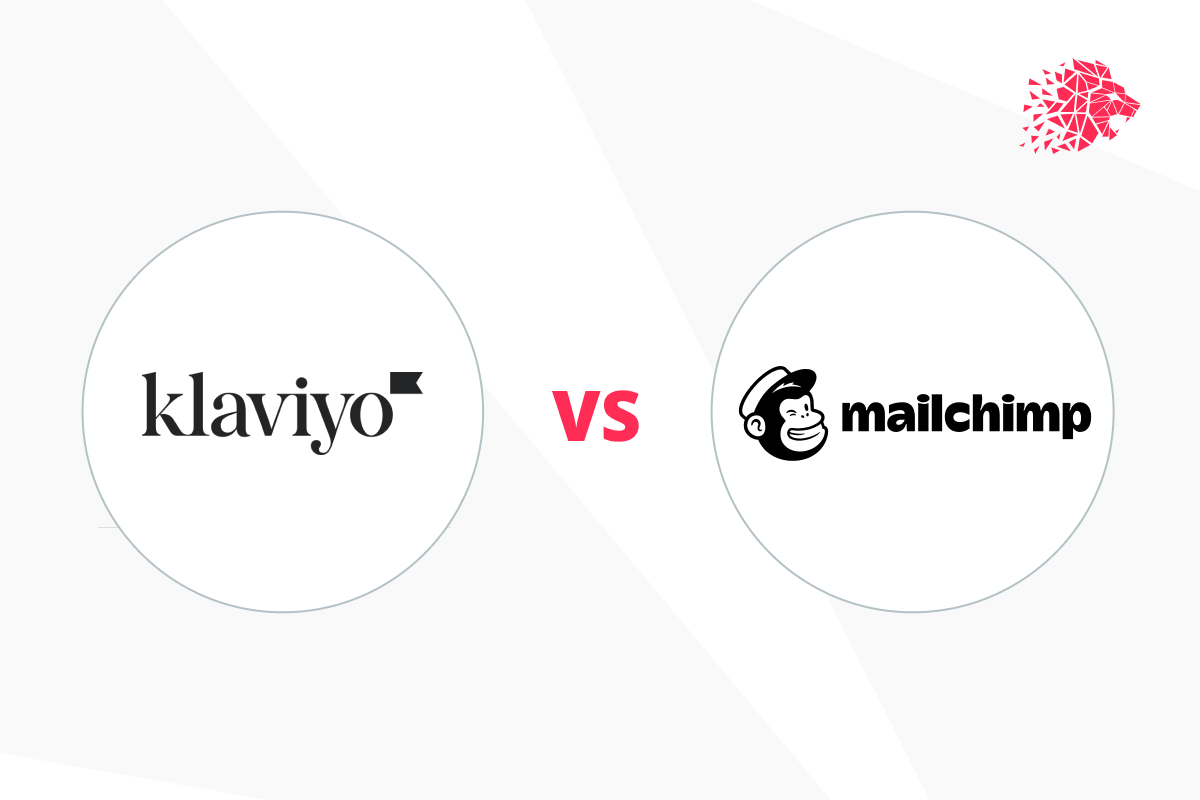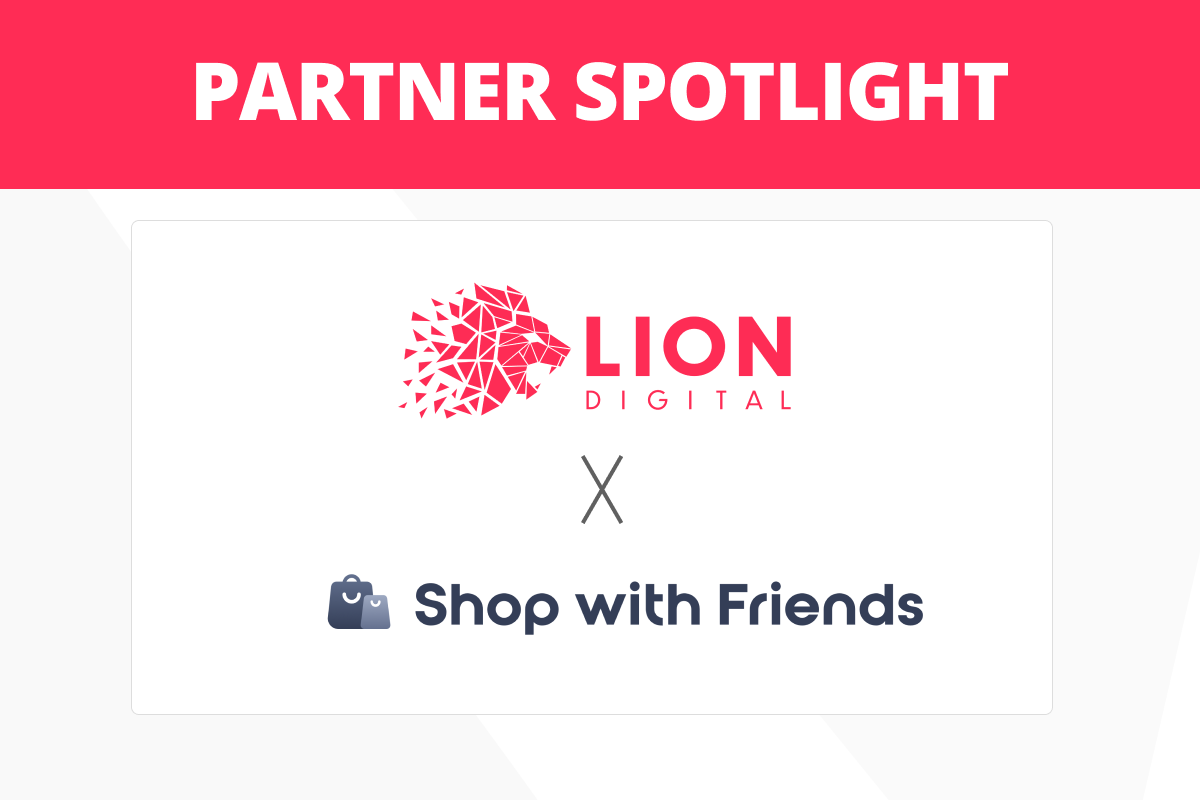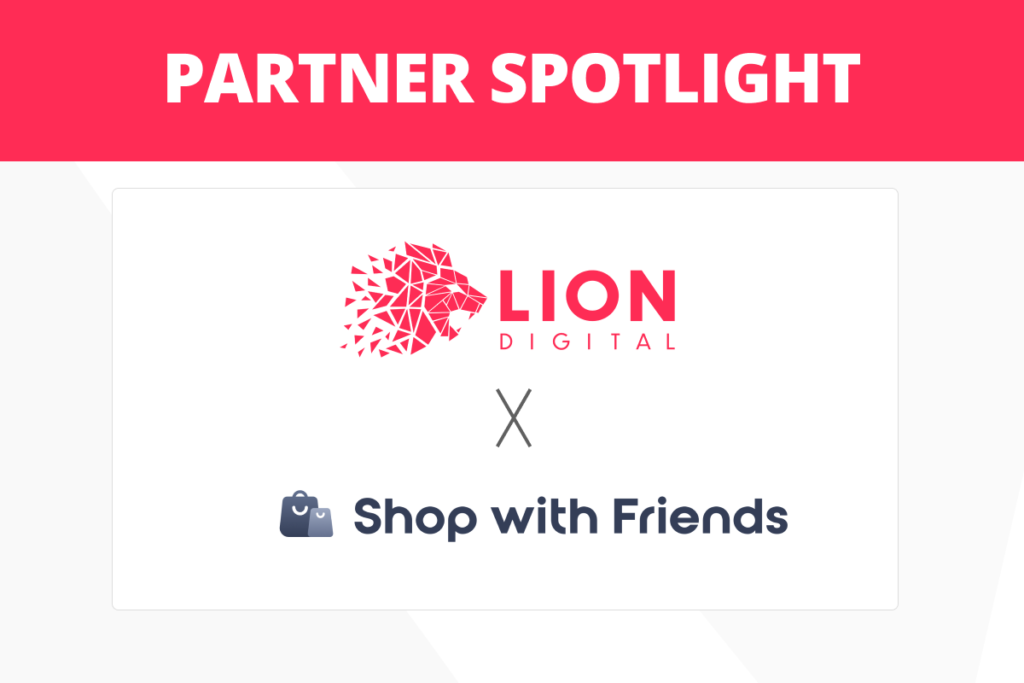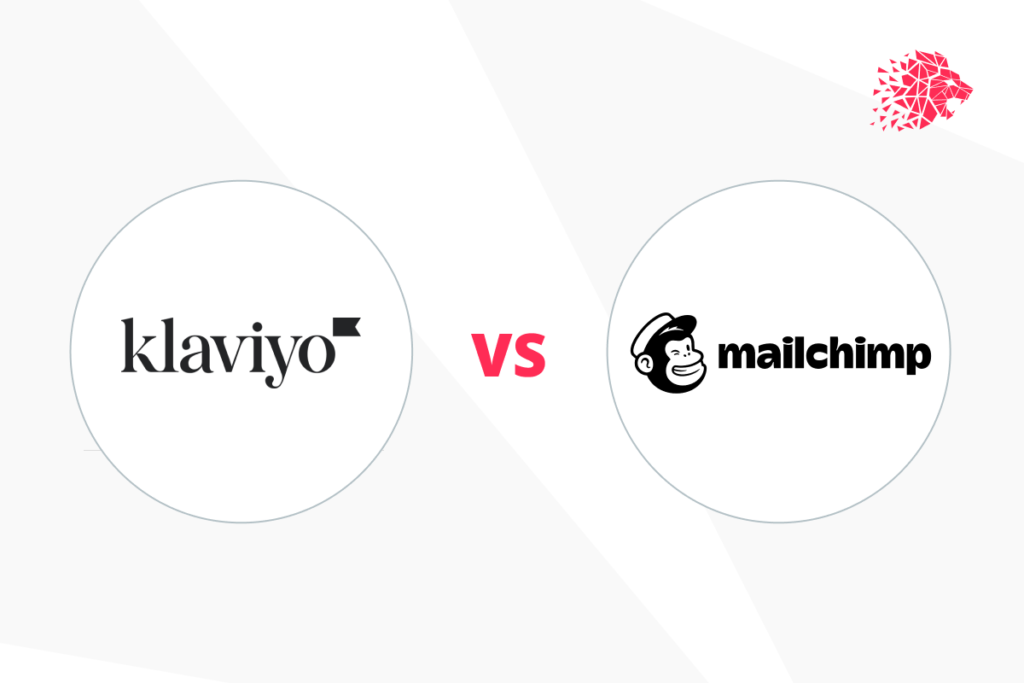
Smart eCommerce brands are constantly seeking customer marketing platforms that can keep up with their growth by scaling to their needs. If you’re questioning the efficacy of Mailchimp and wondering what is the difference between Klaviyo and Mailchimp, you could join one of over 35,000 brands that have already switched to Klaviyo, and for good reason. As a Klaviyo Master Elite partner, LION Digital is positioned to help you make the transition successfully. Our CRM specialists understand the importance of a robust, efficient marketing platform that powerfully drives audience engagement, loyalty and sales for continued growth.
Smart Sellers Need a Smart Marketing Platform
In an omnichannel environment, it is vital to reach customers on their non-linear purchasing journey and deliver personalised messages based on their tastes and habits. Klaviyo speeds up segmentation significantly by creating a consistent experience across customer touchpoints to drive sales.
Why Klaviyo is the Preferred Choice:
1. Improved Marketing Effectiveness and Sales Growth:
By consolidating all customer data and channels into one platform, Klaviyo’s automated hyper-targeted marketing messages deliver more powerful results. This consolidation helps scale faster by ensuring that messages reach the right audience in the right places at the right times.
2. Improved Data Accuracy and Reporting:
Without the need for manual tagging, Klaviyo offers greatly improved data and reporting. Klaviyo leverages any combination of data, including all-time historical data, third-party events, website activity and predictive analytics. Unlike Mailchimp, Klaviyo segments update in real-time, providing a more precise and comprehensive view of your marketing performance.
3. Labour Savings:
Klaviyo’s powerful, flexible segmentation in real-time allows e-marketers to target forms, trigger automation, and generate segment-level reports efficiently. This live capability is a significant improvement over Mailchimp, where clunky channel-level reporting and time-absorbing segment updates can take up to two hours.
With Klaviyo, say goodbye to endless workarounds. The platform is designed to save you time and effort, allowing you to focus on what matters most—growing your business. Klaviyo integrates seamlessly with major eCommerce platforms like Shopify, WooCommerce, and BigCommerce, making the transition smooth and hassle-free.
4. Integrated Multichannel Marketing:
Klaviyo excels in integrated multichannel marketing, offering seamless campaign and flow capabilities for email, SMS, and mobile push. Unlike Mailchimp, which offers limited SMS and no mobile push options, Klaviyo provides a comprehensive suite of integrated marketing tools, including review collection and syndication.
5. AI Capabilities Built on Comprehensive Data:
Klaviyo’s AI tools are built on the most comprehensive dataset in the industry. The platform uses clean, organised, and historical data to learn, predict, and recommend actions. This breadth and depth of data drives AI efficiency, enhancing engagement with features like optimised content blocks, A/B testing, guided warming, and enriched SMS copy.
6. Superior eCommerce-Centric Integrations:
Klaviyo offers superior eCommerce-centric integrations, pre-built to ingest and use shopper data from over 300 platforms and eCommerce-focused apps. This includes detailed data on items, collections, catalogues, variants, and coupons, combined with third-party data like loyalty points and quiz results. This integration capability allows for more targeted messaging, driving higher engagement and conversion rates.
7. Advanced Reporting and Insights:
Klaviyo’s reporting capabilities are unmatched. The platform provides benchmarks, revenue-centric reports, customisable attribution settings, and tailor-made reports that offer a full picture across all channels. This level of insight is not available with Mailchimp, which lacks the ability to create custom reports or gain insights based on specific customer actions.
8. SMS Marketing Excellence:
Klaviyo is a leader in SMS marketing, offering sophisticated SMS automation based on nearly any eCommerce trigger, A/B testing in SMS content flows, SMS order notifications, and more. Unlike Mailchimp, which offers basic SMS capabilities, Klaviyo provides advanced SMS marketing tools that drive higher engagement.





